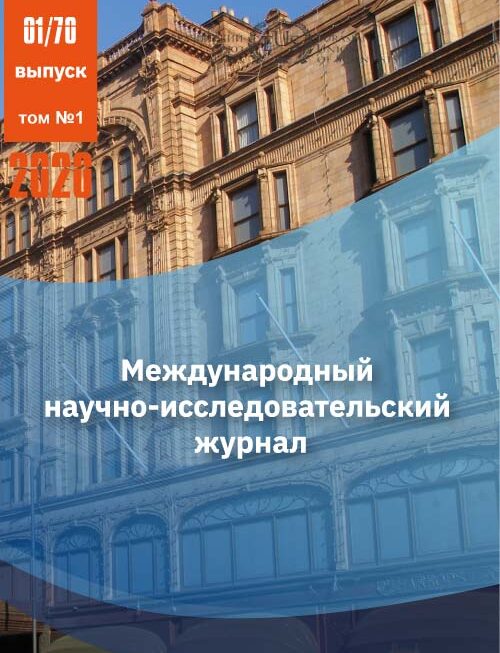SIGNS OF A STREAMER DISCHARGE MODE IN LOW-VOLTAGE HALOGENIC GEYGER-MULLER COUNTERS
Keywords:
low voltage halogen Geiger-Muller counters
Abstract
It is known from the physics of a gas discharge in nuclear radiation detectors [1] that for counters with pure gas filling, the voltage interval between the truly proportional region and the Geiger region has a duration of about 100 volts. For counters with the addition of polyatomic gases or vapors, the transition from one area to another has a duration of almost twice as long and occurs gradually.References
1. Фюнфер Э.,НейертГ., Счетчики излучений. Гос. изд.лит.в обл. науки и техн.М., 1961.
2. КорфС., Счетчики электронов и ядерных частиц. М., 1947.
3. CharpakG.,SauliF. // Nucl. Instrum. аnd Methods. 1971. V.96, P.363
4. RazinV.I. and ReshetinA.I. // Physics of Particles and Nuclei Letters, 2012,V.9., №1.P.58-61.
5. RaetherH. Electron avalanches and breakdowns in gases. Butterworths, Washington, 1964.
6. MeekJ.M., in: J.A.Rees (Ed.),Electrical Breakdown of Gases,Macmillan.London, 1973.
7. РазинВ.И, Исследование времени деионизации в низковольтных галогенных счетчиках, дипломная работа. МЭИ, М.,1967.
2. КорфС., Счетчики электронов и ядерных частиц. М., 1947.
3. CharpakG.,SauliF. // Nucl. Instrum. аnd Methods. 1971. V.96, P.363
4. RazinV.I. and ReshetinA.I. // Physics of Particles and Nuclei Letters, 2012,V.9., №1.P.58-61.
5. RaetherH. Electron avalanches and breakdowns in gases. Butterworths, Washington, 1964.
6. MeekJ.M., in: J.A.Rees (Ed.),Electrical Breakdown of Gases,Macmillan.London, 1973.
7. РазинВ.И, Исследование времени деионизации в низковольтных галогенных счетчиках, дипломная работа. МЭИ, М.,1967.
Published
2020-02-17
How to Cite
Razin, V. 2020. “SIGNS OF A STREAMER DISCHARGE MODE IN LOW-VOLTAGE HALOGENIC GEYGER-MULLER COUNTERS”. EurasianUnionScientists 3 (70), 44-46. https://archive.euroasia-science.ru/index.php/Euroasia/article/view/449.
Section
Article
CC BY-ND
A work licensed in this way allows the following:
1. The freedom to use and perform the work: The licensee must be allowed to make any use, private or public, of the work.
2. The freedom to study the work and apply the information: The licensee must be allowed to examine the work and to use the knowledge gained from the work in any way. The license may not, for example, restrict "reverse engineering."
2. The freedom to redistribute copies: Copies may be sold, swapped or given away for free, in the same form as the original.





